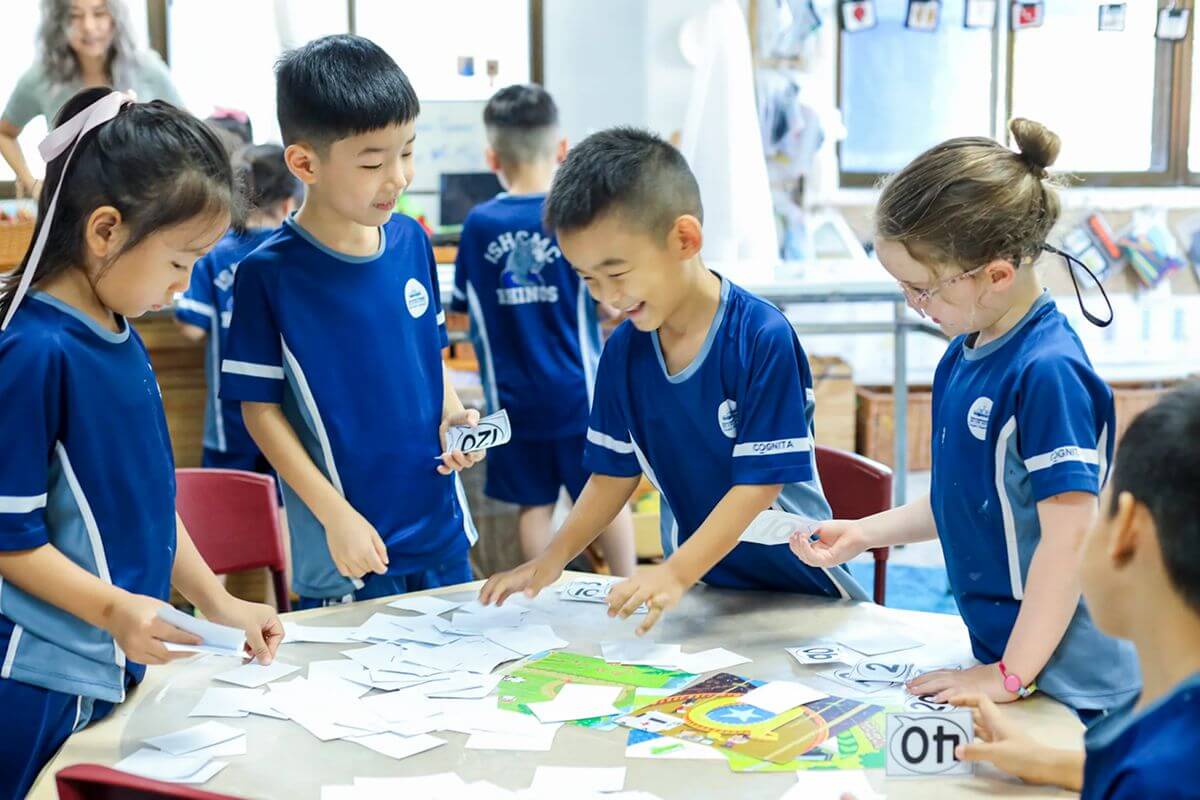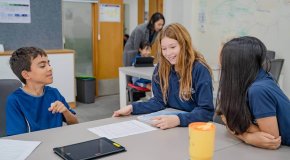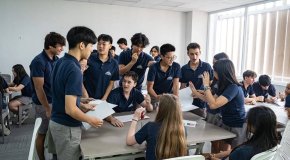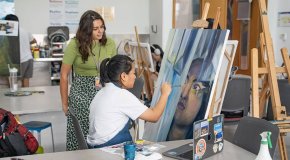What is Hands-on Learning? How ISHCMC Uses It in Classrooms
Hands-on learning, or more commonly referred to as inquiry-based learning, encourages students to interact with information in current, changing classrooms. This method encourages students to actively participate in lessons, improving their problem-solving skills and helping them prepare for real-world situations. In this article, we’ll explore how ISHCMC uses inquiry-based learning to enhance understanding, deepen engagement, and equip students with the skills they need to thrive now and in the future.
What is Hands-on Learning?
Hands-on learning, or inquiry-based learning, is a method that emphasizes active participation and experience-based education. Instead of just receiving surface information, students can engage in interactive activities that deepen their understanding of the lesson through experimentation, real-life application, and hands-on problem-solving.
Students gain a deeper and longer-lasting understanding by actively engaging with the lesson. This approach is efficient in science, tech, engineering, arts, and maths, where hands-on experiences and real-world applications bring learning to life.
Hands-on learning has evolved into inquiry-based learning by shifting the focus from simply “doing” to “thinking while doing”, encouraging students to ask questions, explore ideas, and construct meaning through active investigation. This evolution improves learning by fostering deeper understanding, critical thinking, and student agency, making learning more relevant, personalized, and connected to real-world contexts.
Benefits of Hands-on Learning for Students
Learning is more than just reading textbooks or sitting in a lecture. Hands-on learning immerses students in the learning process, making it easier to understand, remember, and use what they’ve learned.
Here is how it encourages students to excel in school and develop new skills:
Enhance Engagement
Student engagement is one of the biggest benefits of hands-on learning. Instead of passively listening, they get to explore, experiment, and collaborate. When students can touch, manipulate, and discuss materials, they become more curious and eager to learn. This hands-on experience makes lessons more exciting, leading to better focus and retention.
Develop Essential Skills
Hands-on learning may help you develop essential life skills such as problem-solving, teamwork, and creativity. Children gain confidence and develop critical thinking skills early on by actively engaging in real-world experiences.
Studying in groups or collaborating on projects together also strengthens communication skills, as it allows students to share ideas, listen to each other, and work together.
Applying Knowledge to Real Life Situations
One of the biggest benefits of hands-on learning is bridging the gap between theory and practice. Instead of memorizing abstract concepts, students actively apply what they learn.
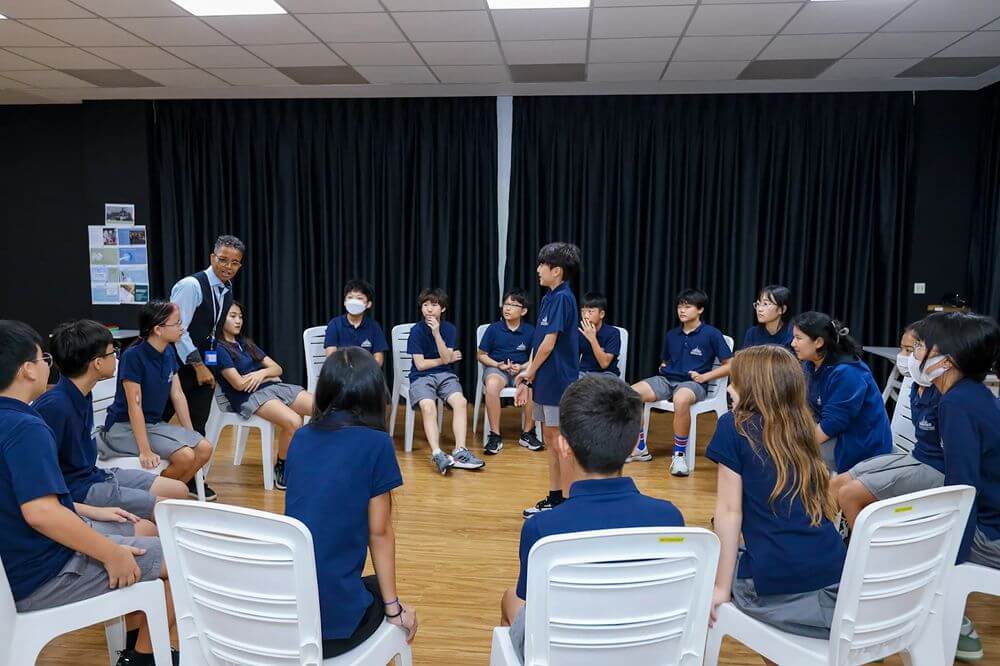
For example, conducting chemistry experiments helps students see and grasp chemical reactions firsthand, while role-playing real-life scenarios in language classes—such as ordering food at a restaurant or having a casual conversation—helps students develop practical communication skills.
Immediate Feedback
Hands-on learning enables students to receive real-time feedback on their performance. Modern technologies can provide students with instant feedback about their own progress and also allow teachers to measure how well students understand lessons in real time and adjust accordingly.
Real-World Preparation
This learning approach prepares students for the real world by equipping them with practical skills they’ll need in future careers.
Many professions—such as engineering, healthcare, and business—demand hands-on experience, making this learning approach all the more essential. By applying knowledge in real-world scenarios, students gain confidence and a deeper understanding of their chosen fields, setting them up for future success.
ISHCMC’s Strategies to Incorporate Hands-on Learning in Classroom
ISHCMC has embedded hands-on learning into our curriculum to cultivate critical thinking, creativity, and problem-solving skills. Below are key strategies that we have leveraged to implement this approach effectively.
Develop structured curriculum
To ensure students actively engage with their coursework, ISHCMC incorporates hands-on learning throughout the curriculum. Our teachers create lessons with experiments, interactive projects, and group activities to provide a structured and engaging learning experience. This approach helps students not only absorb information but also understand and apply it effectively.
Use simulations and role-playing games
Experiential learning is best accomplished through simulations and role-play activities. At ISHCMC, students are exposed to concepts through business mock talks, history role-play, and science simulative practices for them to have a hold of varied subject matters. The activities provide authentic experiences that ensure better understanding and retention.
Embrace mistakes
Encouragement of learning through mistakes is also a part of experiential learning. ISHCMC encourages a growth mindset by ensuring students can attempt, fail, and refine their approach. Encouraging them in this environment helps learners grow into resilient and adaptable individuals.
Provide support and feedback
ISHCMC teachers provide one-to-one feedback to educate students on their concepts adequately. Regular assessment, peer checking, and teacher feedback facilitate students’ better skill-building and learning performance. This continuous support ensures every student receives the tools they need to excel academically.
Implement project-based learning
At ISHCMC, project-based learning (PBL) is at the heart of experiential education. Scholars work on semi-independent projects that involve research, teamwork, and, of course, applied thinking about the issues they are learning. With project-based learning (PBL), students can put their knowledge to use—modeling, experimenting, or writing business plans.
Implement technology in teaching
Technology plays a crucial role in hands-on learning at ISHCMC. Interactive tools such as virtual reality (VR), augmented reality (AR), and educational apps make learning more engaging and immersive. In a continually evolving digital landscape, ISHCMC embraces technology to stay at the forefront.
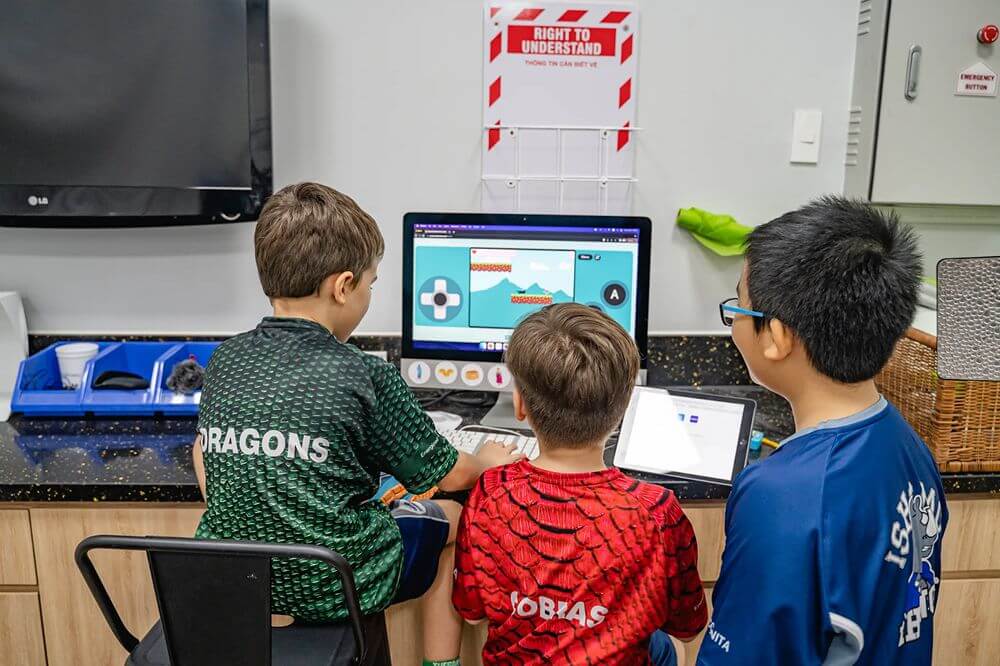
Hands-on education is at the heart of ISHCMC’s belief. Students learn by doing, experimenting, and addressing real-world problems, which is the philosophy that underpins ISHCMC. ISHCMC adopts an inquiry-based and interactive teaching method, where group work, cooperative learning and interactive activities, combining theory and practice, to nurture critical thinkers and problem solvers.
Explore more: ISHCMC Learning Approach.
Examples of Hand-on Learning Activities
Hands-on learning takes on many forms, allowing students to engage with subjects in an interactive and meaningful way. Here are some effective hands-on activities to deepen students’ understanding and develop essential skills.
- Create a podcast on environmental issues: Students can research environmental problems, script episodes, and record a solutions podcast. The activity reinforces research, communication, and technology literacy skills while encouraging collaboration.
- Film a news report: By role-playing as reporters to report on events in history or science, the students enhance their research, public speaking, and narration skills and make learning more interesting and enjoyable.
- Science experiment: Hands-on science experiments allow students to form hypotheses, view results, and interpret outcomes. From conducting chemical reactions to tracking plant growth, these activities build problem-solving and analysis.
- Take a field trip: Visiting museums, nature reserves, or historical sites provides experiential learning beyond the classroom. Field trips help students connect theoretical knowledge with real-world experiences, making lessons more memorable and impactful.
- Express through art: Encouraging students to paint historical scenes, design scientific diagrams, or create visual projects helps them translate abstract ideas into tangible representations. Art fosters creativity and deeper comprehension across subjects.
With these activities, hands-on learning can become a fun and dynamic experience. At ISHCMC, these interactive ways help students apply what they have learned meaningfully.
The Power of Hands-on Learning at ISHCMC
At ISHCMC, hands-on learning isn’t just a teaching method—it’s a core part of who we are. We believe that students learn best when actively engaging with concepts, experimenting, questioning, and applying their knowledge to real-world situations.
From collaborative science experiments and design challenges to arts integration, service learning, and outdoor education, our students are constantly immersed in meaningful experiences that make learning come alive. These opportunities not only deepen their understanding of academic content but also build essential life skills like critical thinking, creativity, communication, and resilience.
Whether building prototypes in our makerspace, conducting sustainability projects, or exploring new ideas through inquiry-based units, ISHCMC empowers students to take ownership of their learning journey.
If you want your child to thrive in an interactive and dynamic learning environment, explore ISHCMC’s programs today.

